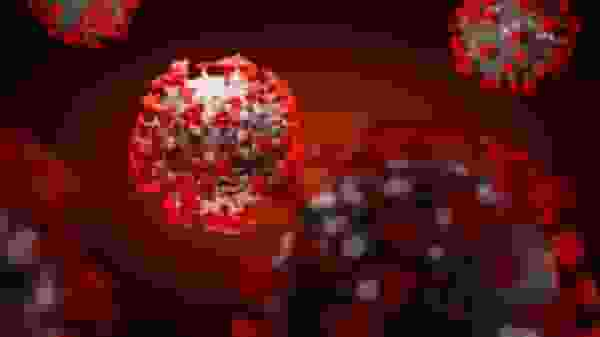
Beware of These Spiny Creatures
Rattlesnakes are deadly, yes, and Arizona’s deserts have a lot of them. Unless you’re foolish enough to try and pick them up, rattlers are content to leave you alone.
Instead, the real menace of the Sonoran Desert is a deceptively innocent-looking cactus that’s earned a reputation for “attacking” passersby: the jumping cholla cactus.
Arizonans know to give them a wide berth, and that’s exactly what you should do if you ever find yourself in the Grand Canyon State.

There’s Truth in the “Jumping” Part
While the cholla doesn’t actually jump, its barbed segments detach with remarkably little force. This easy detachment, combined with the spines’ tenacious grip, creates an illusion of the segments “jumping” onto passersby.
The plant’s ability to latch onto potential dispersal agents with minimal contact has earned it the nickname “jumping” cholla.

A Treacherous “Teddy Bear”
Young cholla branches are covered with 2 to 3 cm silvery-yellow spines, which darken to a gray color with age. This fuzzy appearance has led to the nickname “teddy bear cholla.”
The dense layer of these spines make it hard to see the stems of the cactus especially in certain lighting conditions. As a result, you may not be aware that you’re near a cholla plant until it’s too late.

It’s the Plant Version of a Porcupine
The structure of Cholla spines is similar to porcupine quills, with shingled, overlapping barbs. These barbs catch on muscle fibers, making the spines incredibly difficult to remove once embedded.
In fact, a single cholla spine can effectively hook into flesh with enough strength to lift half a pound of pork by the skin.

Imagine a Forest of Sharp Spines
Jumping chollas can grow up to 4 meters (13 feet) tall, forming dense forests that may span many hectares.
These “cholla forests” are dotted with mature cacti featuring drooping branches of chained fruit. The ground around a fully grown cholla is often littered with detached segments, ready to start new plants.
And those segments may be detached, but they’re ready to latch onto anyone unfortunate enough to pass by.

Even Animals Know They’re Dangerous
Desert animals have generally evolved to be cautious around chollas. Even large, tough creatures like bighorn sheep have been observed giving cholla stands a wide berth.
However, curious domestic animals, particularly dogs, can be vulnerable to painful encounters. So if you’re hiking with your best bud anywhere in Arizona, be extra cautious so they don’t get spiked.

Painful But Unlikely to Land You in the Hospital
While cholla injuries can be painful, they rarely require extensive medical intervention. You can get them out yourself with pliers, but be very careful because they tend to break off under the skin.
Also, cholla spines usually disintegrate inside the body or be pushed out naturally over time. Either way, soaking in a warm bath with Epsom salt can help relieve some of the pain from your cholla encounter.
The post Arizona’s Most Fearsome Creature Isn’t the Rattlesnake – It’s The “Teddy Bear” Cactus appeared first on When In Your State.




![Tyson Foods Plant [Photo: Food Manufacturing]](https://southarkansassun.com/wp-content/uploads/2023/08/iStock_1185520857__1_.5e441daa51cca-600x337.jpg)







![Silverado Senior Living Management Inc. [Photo: Los Angeles Times]](https://southarkansassun.com/wp-content/uploads/2023/10/download-6-4-600x337.jpg)

![China's Wuhan Institute of Virology [Photo: Nature]](https://southarkansassun.com/wp-content/uploads/2023/09/d41586-021-01529-3_19239608-600x337.jpg)
















